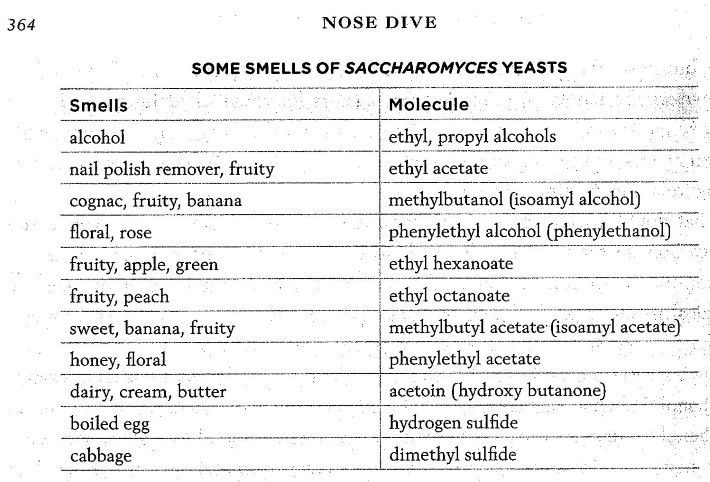At the outset of this week’s Drink Beer, Think Beer podcast, guest Jenny Pfäfflin talks about drinkability and how that is one of the qualities that make Dovetail Brewery beers special.
She might not have used the words “drinkable” and “drinkability” a decade ago, because they belonged to the largest of breweries. Anheuser-Busch built a campaign for Bud Light around “drinkability” in the aughts.
The company reportedly spent $50 million on its “Drinkability is Difference” campaign.
The brewers who at the time presented themselves as Davids taking on Goliath weren’t about to go anywhere near the word “drinkability.” And quite honestly, in 2011 when Dr. Michael Lewis, founder of the professional brewing programs at UC-Davis, wrote “Drinkability: Countering a Dash to the Extreme” 1 in the MBAA Technical Quarterly many brewers I talked to were offended.
He offered his definition: “Drinkability is the brewer’s mantra and holy grail: a beer should not be satiating or filling, it should be more-ish, crisp not heavy, tasty but not fatiguing and should leave the consumer satisfied but willing and able to have another.”
On the other hand, craft brewers “may equate drinkability with preference or liking or distinction or even with inventiveness, rarity, and cutting edge uniqueness. There is therefore a trend within the domestic and craft segments to move to the extremes, one in the lighter direction and the other heavier. While heavier beers are fascinating avenues of brewing arts and science to explore, there is some danger of leaving the consumer far behind.”
Put another way, “As the success of light beers has caused the macro-domestic industry to make ever-lighter beers, so the success of many highly characteristic beers leads the craft industry to the opposite extreme and ultimately, to a different definition of drinkability that drives this trend.”
Remember, this was 2011; so long ago that IPAs were clear, and also bitter. He didn’t stroke many egos when he wrote, “if one looks rationally at the craft segment, what is surprising is not its success but rather the lack of it.” He was, and is, a proponent of craft brewers’ skill set, but not necessarily a fan of their choices.
It sure appears that his words have stood up well.
“American craft brewers have not merely imitated Old World ales but have reinvented them to create something that is uniquely American. I see no reason why the same talent and inventiveness should not do the same for lagers. The old idea of full flavor, flavor balance, distinction, character and deliciousness might provide a clue to the future. The craft industry has already made a start on this journey and there are a number of splendid lagers appearing in the market place and I don’t doubt more to come.”
And it’s OK to talk about their drinkability.
*****
1 Michael Lewis, “Drinkability: Countering a Dash to the Extreme,” Master Brewers Association of the Americas Technical Quarterly 48, no. 1 (2011), 25-26.

